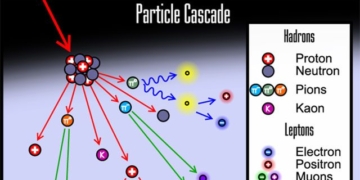Today, gigantic wind turbines can be seen all around the world. The rotating motion of their slender blades drives generators that produce a steady flow of electricity. However, upon closer inspection, you will find that these slender blades are indeed colossal.
In the past, the length of the wind turbine blades from Lianyun Port, manufactured by Zhongfu Lianzhong in China, reached 123 meters, making them the largest turbine blades in the world. The mass of a single blade exceeds 50 tons, with a root diameter greater than 5 meters and a surface area exceeding 1,000 square meters, making them suitable for offshore wind turbines. One unit can generate power exceeding 50 million kilowatt-hours.
However, the turbine blades produced by Shuangrui Wind Power Company, a subsidiary of the China Shipbuilding Industry Corporation 725 in Yancheng, Jiangsu, have set a new record. The diameter of the SR260 blades has reached 260 meters, and the length of each blade is over 125 meters. The sweeping area of the blades exceeds 53,000 square meters, equivalent to the area of 7.4 standard football fields. It can adapt to 18MW wind turbines, with an annual power output that can reach up to 74 million kilowatt-hours.
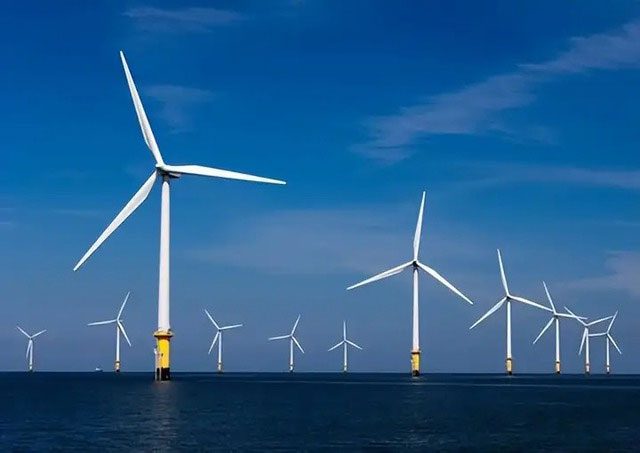
Currently, the largest and longest wind turbine blade in the world is successfully manufactured by Sany Heavy Energy in China using carbon fiber reinforced polymer (CFRP). The length of a single blade reaches 131 meters. This blade utilizes a main beam entirely extruded from carbon and is equipped with advanced rear edge ribs that have exceptional mechanical properties.
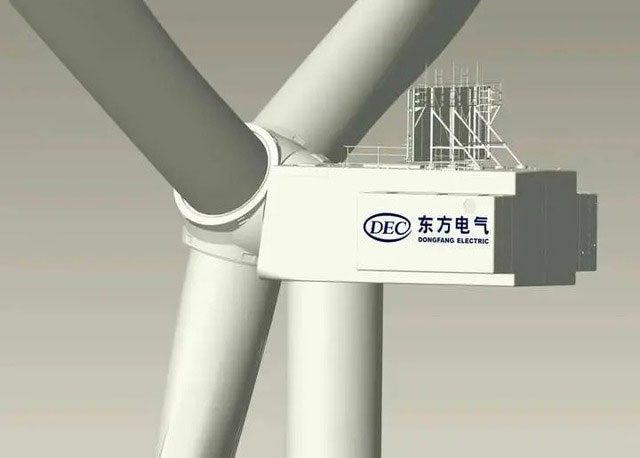
This 131-meter wind turbine blade is equivalent to the height of a 45-story building and is wide enough to accommodate 340 adults standing side by side. It is now the largest and longest wind turbine blade in the world.
With such enormous dimensions, the material requirements are naturally very high. The performance of traditional fiberglass reinforced polymer (GFRP) reaches its limits when the length of the wind turbine blades exceeds 120 meters, making it difficult to meet the requirements for lightweight, high strength, high stiffness, and other needs of large-scale wind turbine blades. However, the use of carbon fiber materials has successfully overcome this bottleneck due to their excellent mechanical properties and corrosion resistance.
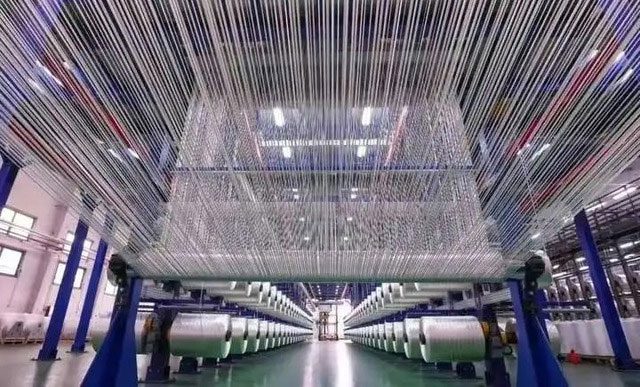
Fiberglass (GFRP): GFRP is also a popular material, cheaper than CFRP but with lower strength and stiffness. GFRP is often used in combination with CFRP or for smaller wind turbine blades.
Carbon fiber is a new type of fiber material with over 90% carbon content. It is dubbed the “king of new materials” due to its ultra-lightweight, ultra-strong, and corrosion-resistant properties. Its specific weight is lighter than steel by 40%, yet its strength is 7 to 9 times greater than that of steel, giving it a unique advantage in the production of gigantic wind turbine blades. Especially when the number of carbon fibers reaches over 48K, its performance is significantly enhanced.
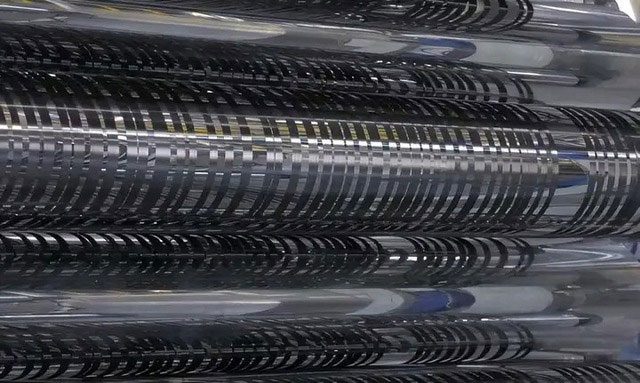
Carbon Fiber (CFRP): This is the most popular material for large wind turbine blades. Carbon fiber has a tensile strength that is 9 times that of steel by weight, is 40% lighter than steel, and can withstand severe weather conditions. Thanks to these advantages, CFRP allows wind turbine blades to operate sustainably and efficiently over long periods.
The diameter of its blades can reach up to 270 meters, and its swept area is equivalent to 8 football fields and 136 standard basketball courts. This means that in the same amount of time, this blade can capture more wind energy and convert it into more electricity.
The carbon fiber structure, also known as CFRP (Carbon Fiber Reinforced Polymer), is a composite material made from carbon fibers embedded in polymer resin. Due to its superior properties such as high strength, lightweight, high stiffness, and good thermal resistance, CFRP has many applications in various fields, including:
1. Aerospace
CFRP is widely used in the manufacturing of aircraft, spacecraft, satellites, and other parts in the aerospace industry. Thanks to its high strength and lightweight properties, CFRP helps reduce the overall weight of vehicles, saving fuel and enhancing operational performance. For example, the wings of the Boeing 787 Dreamliner are made from 50% CFRP, reducing weight by 20% compared to traditional material aircraft.
2. Automotive
CFRP is used in the construction of vehicle frames, bodies, suspension systems, and other car parts. Due to its high strength and lightweight properties, CFRP enhances safety, improves operational performance, and saves fuel. For instance, the Lamborghini Aventador supercar uses a CFRP monocoque chassis, reducing weight by 35% compared to a steel chassis.
3. Wind Energy
CFRP is widely used in the production of wind turbine blades. Its high strength, lightweight, and high stiffness properties allow wind turbine blades to operate sustainably and efficiently over long periods.
4. Sports
CFRP is used in manufacturing sporting equipment such as tennis rackets, golf clubs, bicycles, and racing frames. Its high strength, lightweight, and high stiffness characteristics make sports equipment lighter, stiffer, and more efficient. For example, the Babolat Pure Drive tennis racket uses a CFRP frame, enhancing power and accuracy.
5. Construction
CFRP is used in reinforcing concrete structures, bridges, buildings, and other construction projects. Thanks to its high strength, lightweight, and good corrosion resistance, CFRP enhances the durability and lifespan of structures. For instance, the Chaotianmen Bridge in China uses CFRP-reinforced steel beams, increasing the bridge’s load capacity and reducing maintenance costs.
6. Medical
CFRP is used in the manufacturing of medical implants such as artificial bones, artificial joints, and dental devices. Due to its high biocompatibility, high strength, and lightweight properties, CFRP improves the quality of life for patients. For example, CFRP artificial tibia is lighter and stronger than metal artificial tibia, helping patients recover function faster.


















































